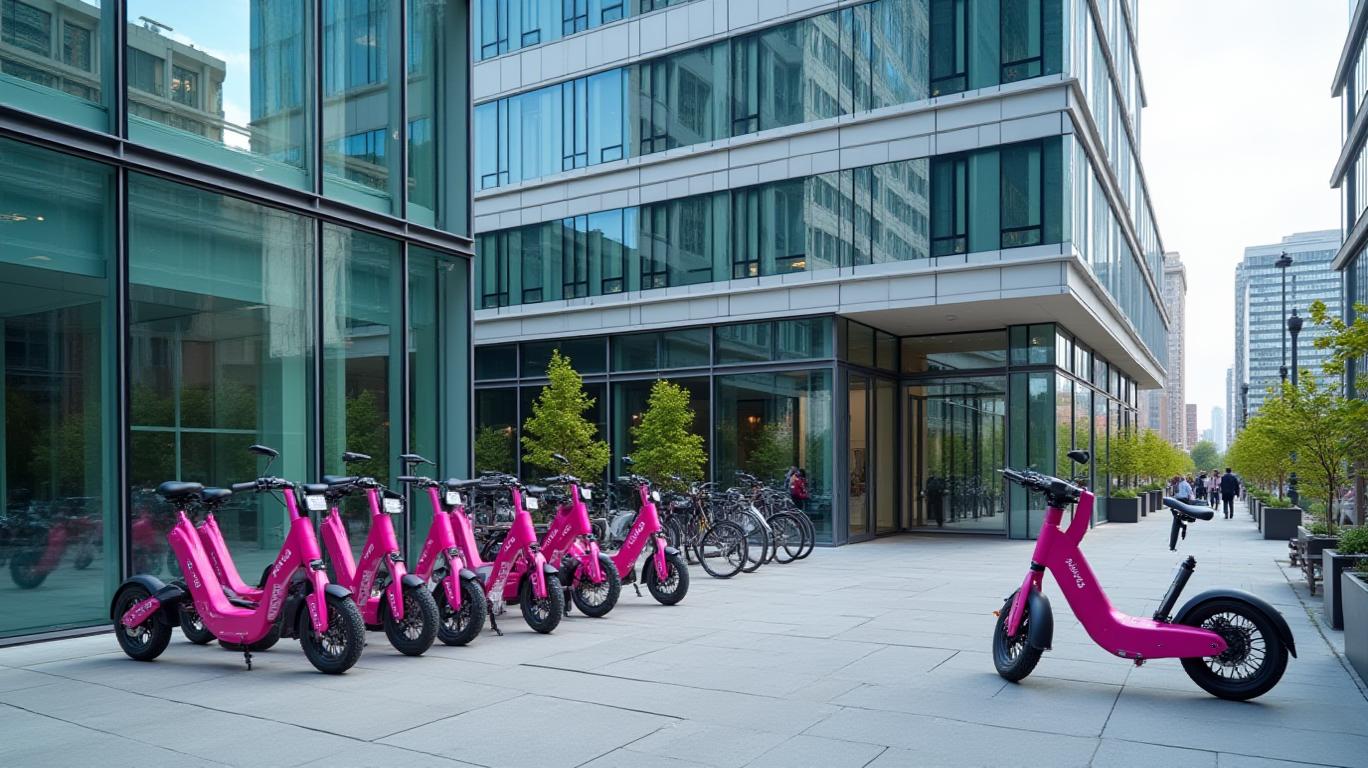Lyft's Sell Rating: A Cautionary Tale of Uber's Dominance
Tuesday, Feb 18, 2025 12:22 pm ET

The ride-sharing market is a battleground, with Uber Technologies Inc. (NYSE: UBER) and Lyft Inc. (NASDAQ: LYFT) vying for dominance. However, a recent downgrade of Lyft by Arete Research has raised concerns about the company's long-term prospects, particularly in the face of Uber's competitive strategy and market dominance. This article explores the implications of Arete's downgrade, the competitive dynamics between Uber and Lyft, and the potential impact on Lyft's future growth.
UBER, LYFT EBITDA, Total Revenue year-on-year growth value...
Arete Research downgraded Lyft from Neutral to Sell on February 19, 2025, citing concerns about the company's ability to compete with Uber. The downgrade follows a 17.2% drop in Lyft's stock price, primarily due to disappointing guidance for the third quarter. Arete's bearish outlook on Lyft's future prospects highlights the challenges the company faces in the competitive ride-sharing landscape.
Uber's competitive strategy and market dominance are significant factors contributing to Lyft's struggles. Uber's global reach, diversified service offerings, strong brand recognition, investment in technology and innovation, and strategic partnerships have enabled it to maintain a dominant position in the ride-sharing market. In contrast, Lyft's focus on the U.S. market, limited service offerings, and relatively lower investment in technology have made it more vulnerable to Uber's competitive pressures.
To improve its competitive position, Lyft must address several key aspects of its business model and strategy:
1. Diversify Service Offerings: Lyft should explore expanding its service offerings to include food delivery, freight, and other transportation options, similar to Uber. This diversification can help Lyft tap into new revenue streams and attract a broader range of customers.
2. Invest in Technology: Lyft should continue investing in technology to improve its app, enhance user experience, and stay competitive with Uber's technological advancements. This includes exploring autonomous vehicle technology and integrating it into its platform.
3. Focus on Local Markets: Lyft can strengthen its position in local markets by tailoring its services to meet the specific needs and preferences of riders in those areas. This approach can help Lyft differentiate itself from Uber and build a stronger connection with its user base.
4. Enhance Driver Experience: Lyft can improve driver satisfaction and retention by offering better pay, benefits, and support. This can help Lyft attract and retain more drivers, which is crucial for maintaining a strong network and providing reliable service to riders.
5. Regulatory Compliance and Advocacy: Lyft should proactively address regulatory challenges and advocate for policies that support its business model. This can help Lyft maintain a strong presence in key markets and avoid legal and operational hurdles that could hinder its growth.
In conclusion, Arete's downgrade of Lyft highlights the challenges the company faces in the competitive ride-sharing landscape, particularly in the face of Uber's dominant market position. To improve its competitive position, Lyft must diversify its service offerings, invest in technology, focus on local markets, enhance driver experience, and address regulatory challenges. By taking these steps, Lyft can better position itself to compete with Uber and ensure its long-term success in the ride-sharing market.


_442a2dcc1749832873286.jpeg)
_e68fac6d1749831664430.jpeg)






